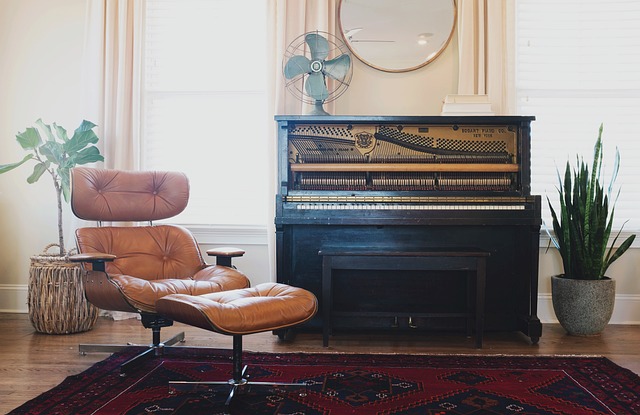Preparing your piano for a move is a meticulous process if going at it alone. It requires proper preparation to ensure its safety and protect its delicate components. Whether you’re relocating your piano to a new home or venue, taking the necessary steps to prepare it for transportation is essential. In this blog post, we will provide you with a comprehensive guide on how to prepare your piano for a move. From securing the keys and wrapping the instrument to detaching removable parts and ensuring its optimal condition, these steps will help you safeguard your prized instrument throughout the moving process.
Securing the Keys
Start by securing the keys of your piano to prevent any damage or shifting during transport. Close and lock the fallboard, which is the hinged cover that protects the keys. If your piano doesn’t have a lock, use a soft cloth or piano key cover to keep the keys in place. This step will prevent the keys from moving or causing damage to the piano’s internal components.
Wrap the Piano
Protecting the piano’s exterior is crucial to prevent scratches or dents during the move. Begin by using moving blankets or thick furniture pads to cover the entire piano. Secure the padding with tape or straps, ensuring it remains snugly in place. Pay extra attention to the corners and edges, which are susceptible to impact. Avoid using plastic wrap directly on the piano’s surface, as it can trap moisture and cause damage.
Detach Removable Parts
If your piano has any detachable parts, such as the legs or lyre (the decorative piece below the keyboard), it’s advisable to remove them before the move. Refer to your piano’s manufacturer’s manual or consult a professional technician for guidance on detaching these parts safely. Once removed, wrap each part individually in padding or blankets and label them for easy reassembly.
Protect the Piano’s Internal Components
To ensure the piano’s internal components remain safe and secure during the move, take the following precautions:
- Close and lock the lid, if applicable, to protect the piano’s strings and dampers.
- Place a soft cloth or padding between the lid and the keyboard to prevent any potential damage.
- For grand pianos, secure the lid with piano straps to prevent it from opening during transport.
- If you have a digital piano, ensure that all cables and accessories are detached and securely stored.
Check and Ensure Optimal Conditions
Before the move, inspect your piano for any pre-existing damage or issues. Document and take photographs of any existing scratches, dents, or other visible marks. This will help you assess the condition of your piano upon arrival at the new location and serve as proof for insurance purposes, if necessary.
Preparing your piano for a move requires careful attention to detail and proper protection. By securing the keys, wrapping the instrument, detaching removable parts, and ensuring its optimal condition, you can safeguard your piano during transportation. If you’re uncertain about any of the steps involved, consider enlisting the services of professional piano movers who have the expertise and experience to handle the preparation process with precision. With the right preparation and care, your piano will arrive safely at its new destination, ready to fill your space with beautiful melodies once again.

